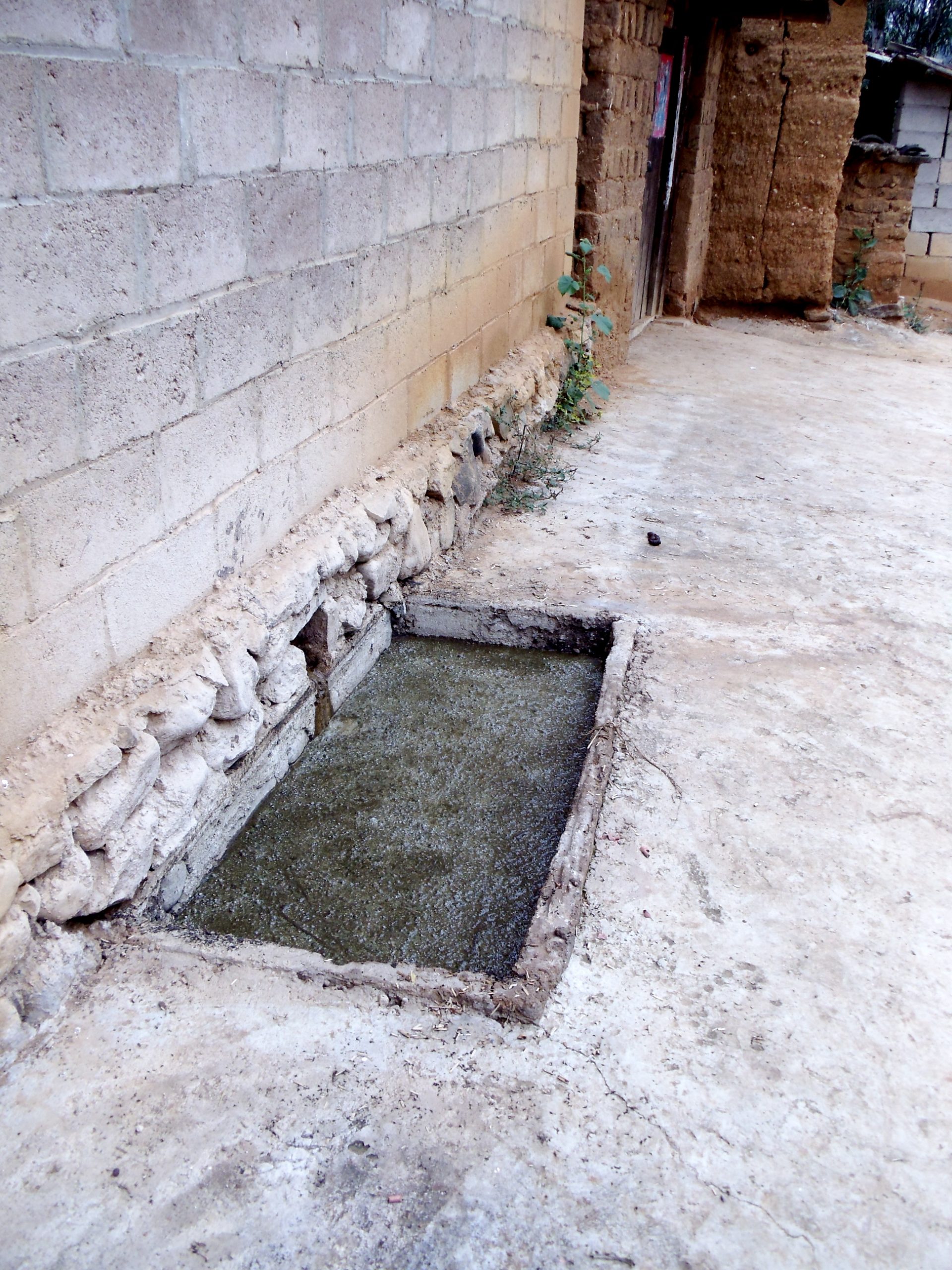Meeting rural water and sanitation needs in Yunnan, China.
Guest blog by Angela Ni, a Fulbright Fellow (2010-2011) studying rural water and sanitation conditions in Yunnan, China. (angela.ni@fulbrightmail.org)
Last month the central Chinese government passed China’s 12th five-year plan, in it vowing to crack down on rural pollution, especially targeting water pollution. According to government figures, sources of agricultural pollution account for 43 %of the country’s water pollution. Livestock fecal waste is a major culprit, with only 20 % of excrement being treated.
Currently, 70 % of water samples across Yunnan province fail to meet water quality standards. Researchers in the Environmental Health Division at Yunnan’s Center for Disease and Control tell me that of the impediments to improving rural water quality and availability, water pollution from human and animal fecal contamination remains a key concern. Water contamination from human and animal fecal pathogens increases the risk of spread of water-borne diseases such as dysentery and other common causes of diarrheal illness like rotavirus infections. Public health officials clearly have their work cut out for them.
Levels of access to sanitation and clean water are not evenly distributed across rural China and the absence of covered sewage infrastructure remains a pressing issue. In Yunnan’s poor, remote villages, livestock is reared within the village, and the lack of covered latrines means animal and human excrement is stored in open backyard pits. During the rainy season these pits often overflow, sending excrement running into the streets and public places. Villagers commonly trek through this mucky slop of mud and waste. Thus, it is not surprising that the rainy season brings with it spikes in diarrheal rates.

While diarrhea incidence in China is lower than levels for most of East Asia (154 per 1,000 according to 2008 WHO country statistics), the lack of a systemized treatment method is putting substantial additional burden on an already strained medical system. Based on my conversations with medical practitioners ranging from rural clinic doctors to infant and adolescent health specialists, a picture emerges of how this plays out on the front lines of patient care across the province.
When a child exhibits diarrheal symptoms, anxious parents often rush their child to the doctor demanding intravenous drip and a shot of antibiotics. Without the IV drip and shot, parents complain that their child is being denied adequate medical care. This practice occurs in both rural and urban areas, though data differentiating the extent to which antibiotics are used in each respective area is difficult to locate. Not only do current diarrheal treatment practices strain the medical system, but the over-reliance on antibiotics for managing diarrheal illness should also raise alarm since China currently has the world’s highest levels of growing antibiotic resistance.
To counter this phenomenon, hospital administrators and public health officials are working to promote diagnosis before treatment, the use of oral rehydration therapies, and urging doctors to be more prudent in the prescribing of antibiotics. The challenge is compounded, however, by a shortage of medical professionals in the country. China has 1.5 physicians per thousand people (compared to 2.4 physicians per thousand people in the U.S) and the average doctor spends only three to four minutes seeing each patient. The attractiveness of immediate solutions to more endemic problems is understandable.
But, it’s not all doom and gloom on the public sanitation front. There are many signs of progress. The Yunnan Health Bureau, for example, subsidizes up to 400 yuan (one half of total construction cost) for the construction of new “sanitary” household covered-toilets that safely compost human fecal matter; thus preventing contamination of local water sources.
Last year, Yunnan also saw its first environmental public litigation case brought by the Kunming City Environmental Bureau against a pig husbandry factory for polluting local drinking water sources. The large-scale pig farm was fined over 4 million yuan and ordered to clean up its operations – a hefty fine by Chinese standards and a warning to other potential polluters.
Given the complexity of China’s environmental health conditions, there is no quick-fix solution. The story of diarrheal treatment illustrates that water and sanitation needs will require a coordinated effort – across sectors such as infrastructure and medicine – and also between governments, NGOs, and communities. For every bright spot and sign of progress, there are new reports appearing daily on China’s water constraints and water pollution. It’s my hope that this balance can tip and that there will be more news of these challenges being met.

